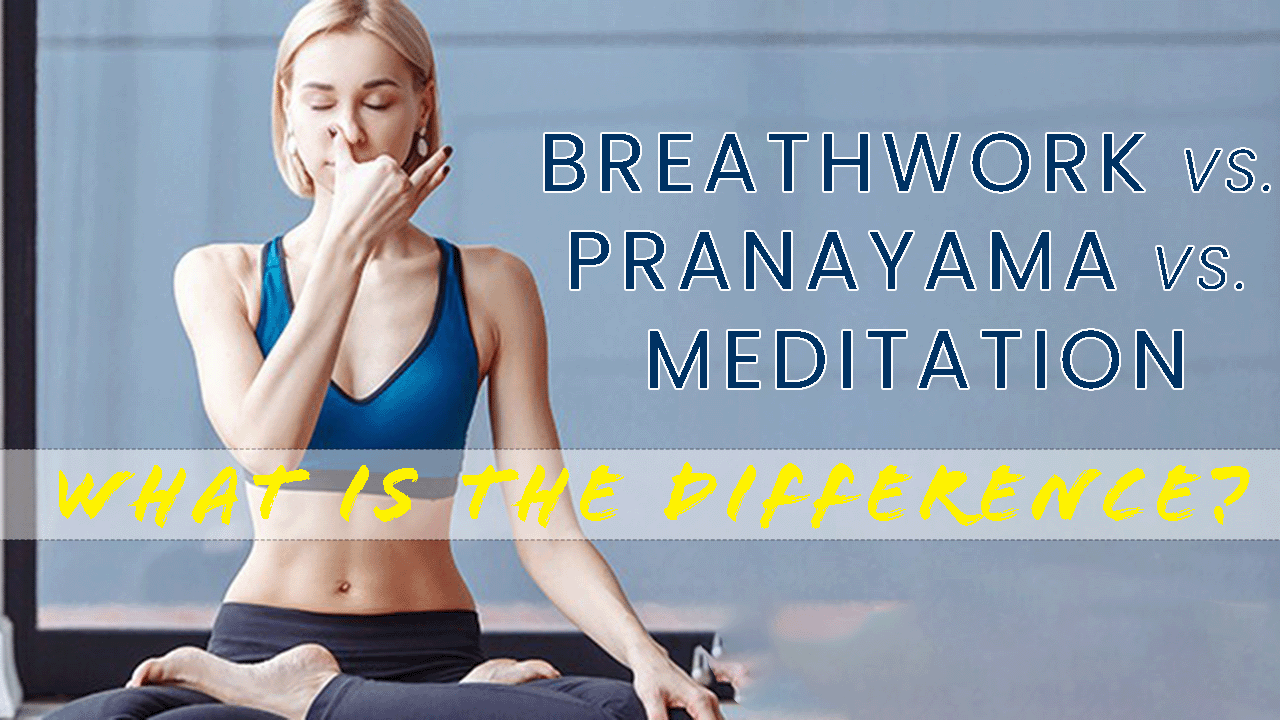What Is Breathwork?
Breathwork is a catch-all term for modern conscious breathing practices that help boost your physical, mental, and emotional well-being. The idea really took off in the 1970s and has exploded in popularity recently.
People use breathwork for stress relief, emotional healing, or to tap into altered states of consciousness. You’ll find breathwork offered in therapy settings, wellness retreats, or even through apps and YouTube videos.
Here are a few common styles you might see:
- Holotropic Breathwork: Developed by Stanislav Grof, this uses fast, deep breathing to reach altered states. It can feel intense and often leads to big emotional releases.
- Wim Hof Method: Combines deep breathing, breath holds, cold exposure (like ice baths!), and meditation.
- Transformational Breath: A continuous, connected breathing style with no pauses between inhales and exhales.
- Box Breathing: A simple practice used by athletes and the military—inhale, hold, exhale, hold, each for the same count. Great for calming your mind.
- Resonant/Coherent Breathing: Slow, steady breaths at about 5–6 per minute to balance your nervous system.
- Five-Finger Breathing: A grounding exercise—trace each finger as you inhale and exhale. Perfect for stressful moments.
- Pursed Lip Breathing: Inhale through your nose, exhale slowly through pursed lips—helps with shortness of breath.
- Circular Breathwork: A continuous breathing flow that can bring deep relaxation and emotional clearing.
What Is Pranayama?
Pranayama is an essential part of traditional yoga. The word comes from Sanskrit: prana means “life force” or “vital energy,” and ayama means “control” or “expansion.” So pranayama is all about expanding and guiding your life force through breath.
In ancient yogic texts like Patanjali’s Yoga Sutras, pranayama is described as a way to balance your body’s energy channels (nadis) and prepare your mind for deeper meditation.
There are many pranayama techniques. Some energize you, some calm you down, and others help you focus. Many involve breathing in specific rhythms, breath holds, or internal locks (bandhas) to move energy in the body.
Breathwork vs. Pranayama: The Key Differences
1. Philosophy
Breathwork is usually secular and therapeutic—focused on stress relief, emotional healing, and mental clarity. Pranayama is part of yoga’s spiritual path and aims for deep inner transformation.
2. Techniques
Breathwork often uses big, continuous, sometimes intense breathing. Pranayama is more about slow, controlled, precise breath with holds and ratios.
3. Learning
Many breathwork techniques can be learned in a single session or workshop. Pranayama is typically learned step by step, slowly, under the guidance of an experienced teacher.
4. Setting
Breathwork sessions often include music, group support, or a therapist and are done lying down. Pranayama is usually done sitting up, spine straight, often after yoga poses and before meditation.
5. Position
Breathwork = lying down and relaxed.
Pranayama = sitting upright with awareness.
6. Safety
Breathwork can bring up big emotions, so it’s not for everyone—especially if you have certain mental health conditions. Pranayama focuses on gradual, safe progression with guidance.
How They’re Similar
- Both see the breath as a powerful tool for changing your mental and physical state.
- Both can help reduce stress, improve sleep, and boost overall well-being.
- Both build body awareness and mindfulness and can lead into deeper meditation.
Which Should You Try
- Try breathwork if you want emotional release, stress relief, or an experience outside of yoga philosophy.
- Try pranayama if you’re already doing yoga or meditation, or you’re curious about subtle energy and spiritual practice.
Tips for Starting
- Start slow—don’t push yourself too hard.
- Practice consistently—even five minutes a day helps.
- Listen to your body—stop if you feel lightheaded or overwhelmed.
- Learn from a qualified teacher, especially for advanced pranayama.
- Good resources: Science of Breath by Swami Rama, Light on Pranayama by B.K.S. Iyengar, Breath by James Nestor, and The Breathing Book by Donna Farhi.
Table of Contents
FAQs
Q: Can I do both breathwork and pranayama?
Absolutely! Many people find they complement each other beautifully. Just be mindful not to overdo intense practices—balance is key.
Q: How long should I practice?
Start with just a few minutes and build up. Even five to ten minutes can make a difference. Listen to your body.
Q: Do I need a teacher?
For simple techniques, you can follow trusted online videos or books. For advanced pranayama, a qualified teacher is strongly recommended.
Q: Is breathwork safe for everyone?
Some breathwork styles can be intense and may not be suitable for people with certain mental health conditions or respiratory issues. Always check with a healthcare provider if you’re unsure.
Q: Can breathwork replace therapy or medication?
Breathwork can be a powerful complement to other forms of healing but shouldn’t replace medical advice or therapy for mental health conditions.
Final Thoughts
Whether you’re lying down for a deep breathwork session or sitting tall for pranayama, your breath is one of the simplest, most powerful tools you have for well-being and self-discovery. Start gently, stay consistent, and stay curious—you might be surprised by how much your breath can transform your life.
